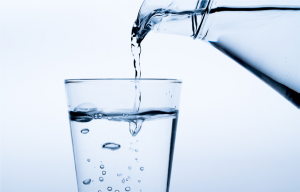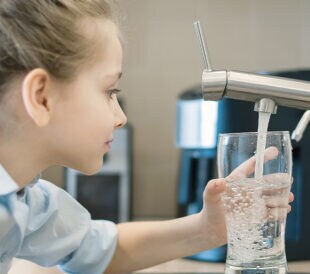Ion Chromatography (IC) is the ideal methodology because the technique can separate and quantify all the ions of interest in one analysis. IC also provides the required sensitivity to be able to detect levels at published limits. Also, if other ions or contaminants become important at some point, the analysis parameters can usually be altered to accommodate or add the new ion of interest into the method. For example, many labs will start following a regulated method such as US EPA 300.0, looking at bromide, chloride, fluoride, nitrate, nitrite, phosphate (in the form of Orthophosphate) and sulfate. However, the lab may want to add other ions like bromate, chlorate and chlorite to their testing panel. IC is flexible enough to be able to add these analytes into one analytical method.
For labs who may be unfamiliar with IC, the technique may seem complex and difficult to adopt. Ion chromatography requires some additional considerations as compared to other liquid-based chromatography methods. Most notably, the counterions must be suppressed from the eluent and sample. Counterion suppression also converts the ion of interest to a more conductive form, which boosts the signal, therefore, increasing sensitivity. For more details on suppression, have a look at our in-depth articlehere.
Ion chromatography can be very straightforward and easy, without the need to make large investments. While other technologies use external pumps and columns or chambers, the new Thermo Scientific™ Dionex™ Easion™ Ion Chromatography System makes IC very simple. Only two solutions need to be prepared by dilutions from concentrates and the system equilibrated to be ready to analyze environmental and drinking water samples. Without the need to worry ancillary items, such as auxiliary or peristaltic pumps, IC can be adopted by any lab or testing facility.
To celebrate simplicity in ion chromatography and learn about Thermo Scientific™ Dionex™ Easion™ Ion Chromatography System, download our application note:




